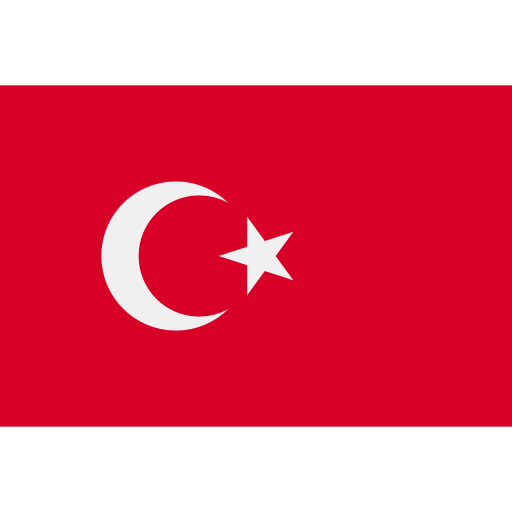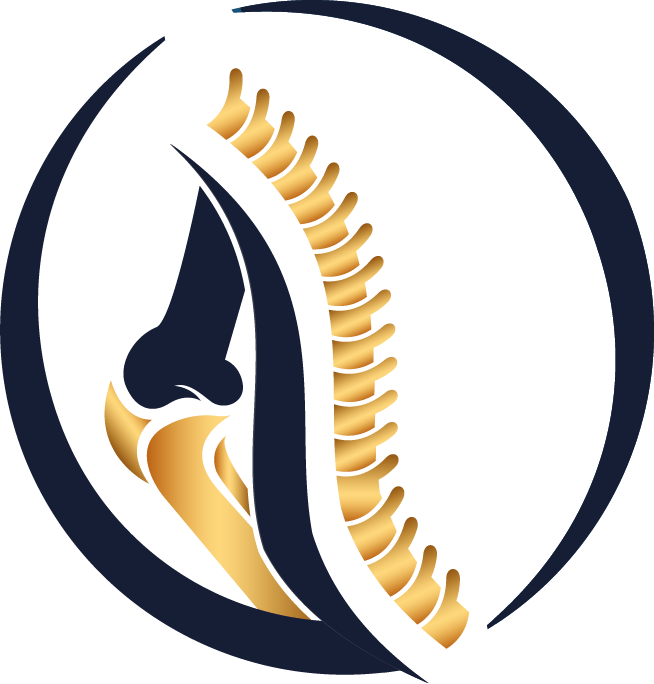Adolescent Idiopathic Scoliosis (AIS) is a common condition that affects the spine, particularly during the growth spurt before puberty. It is characterized by an abnormal lateral curvature of the spine, often accompanied by vertebral rotation. AIS typically manifests in children between the ages of 10 and 18 and is more common in females. Understanding AIS is essential not only for medical professionals but also for parents, educators and adolescents themselves.
Causes of Adolescent Idiopathic Scoliosis
The exact cause of AIS remains unknown, hence the term "idiopathic." However, various factors have been linked to the development of scoliosis in adolescents. Genetics plays a significant role, as scoliosis tends to run in families. Research suggests that certain gene variants may predispose individuals to AIS. Additionally, hormonal changes during puberty and asymmetrical growth patterns in the spine have been proposed as potential contributing factors. While the precise interplay of these elements is complex and not fully understood, they highlight the multifactorial nature of AIS etiology.
Diagnosis and Screening
Early detection of scoliosis is crucial for implementing timely interventions to prevent progression and minimize potential complications. School screenings and regular pediatric check-ups play a vital role in detecting scoliosis in adolescents. The most common diagnostic tool for evaluating scoliosis is the Adam's Forward Bend Test, where a healthcare provider assesses the spine's curvature while the individual bends forward. Additionally, X-rays and other imaging studies help determine the severity and progression of the condition. A comprehensive diagnostic approach involving medical history, physical examination, and imaging techniques aids in accurate assessment and treatment planning.
Treatment Options
The treatment of AIS varies depending on several factors, including the individual's age, the degree of spinal curvature and skeletal maturity. Observation, bracing and surgery are the primary management strategies for AIS. Observation is often recommended for individuals with mild curvature that is unlikely to worsen with growth. Bracing, typically worn for 16 to 23 hours a day, aims to prevent further curvature progression during growth spurts. In cases where scoliosis continues to progress or causes severe symptoms, surgery may be considered. Spinal fusion with instrumentation is a common surgical approach to correct the curvature and stabilize the spine.
Impact on Quality of Life
Beyond the physical aspects, AIS can have a significant impact on an adolescent's psychosocial well-being and quality of life. Body image concerns, psychological distress and social implications are common issues faced by individuals with scoliosis. Adolescents may experience anxiety, depression, or low self-esteem due to their condition, especially during a period of life characterized by peer interactions and self-image development. Support from healthcare professionals, family and peers plays a crucial role in addressing these emotional challenges and promoting a positive outlook.
Adolescent Idiopathic Scoliosis is a multifaceted condition that requires a holistic understanding and approach to provide optimal care and support for affected individuals. By exploring the genetic, diagnostic and treatment aspects of AIS, we can enhance early detection, intervention and quality of life outcomes for adolescents with scoliosis. Empowering adolescents with knowledge, fostering a supportive environment and advocating for ongoing research are key components in the comprehensive management of AIS. As we strive towards improved strategies and personalized care in the field of scoliosis, we move closer to a future where every adolescent with AIS can lead a fulfilling and healthy life.
 Türkçe
Türkçe
 Arabic
Arabic
